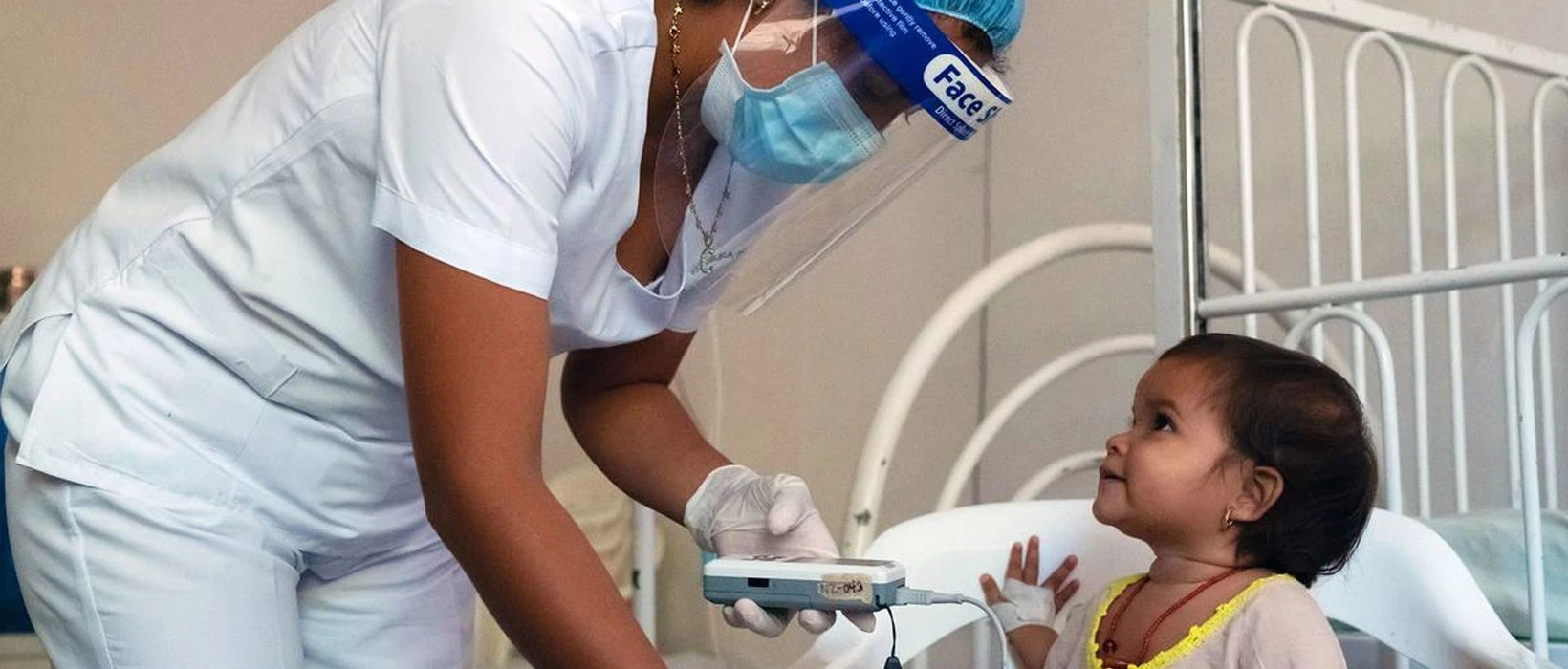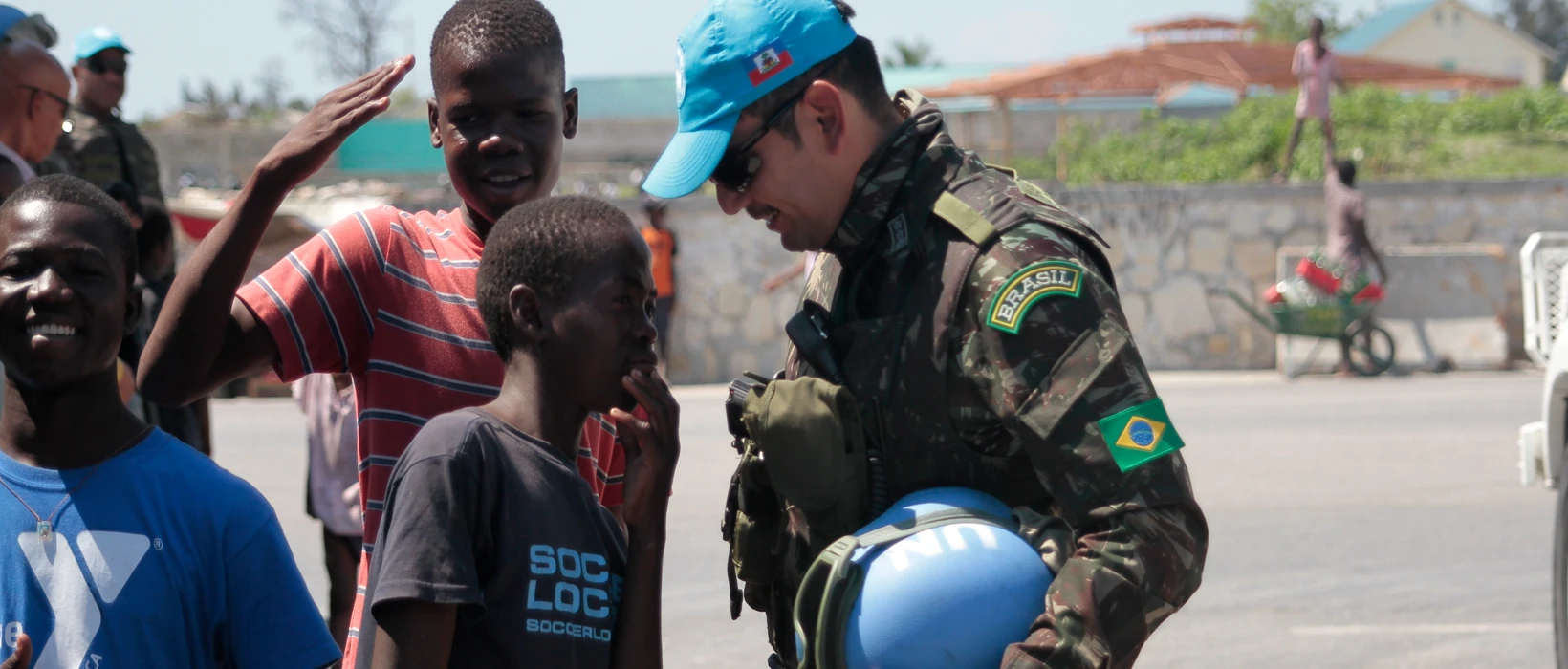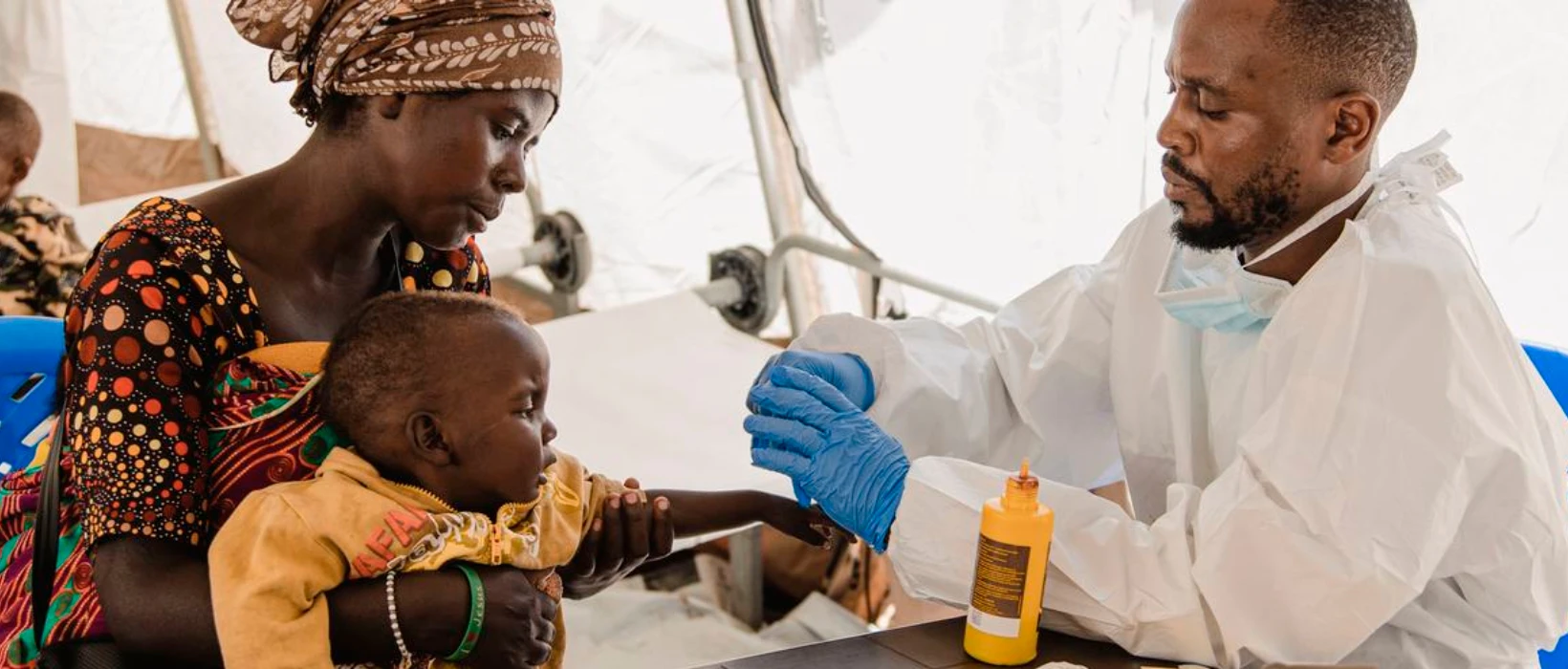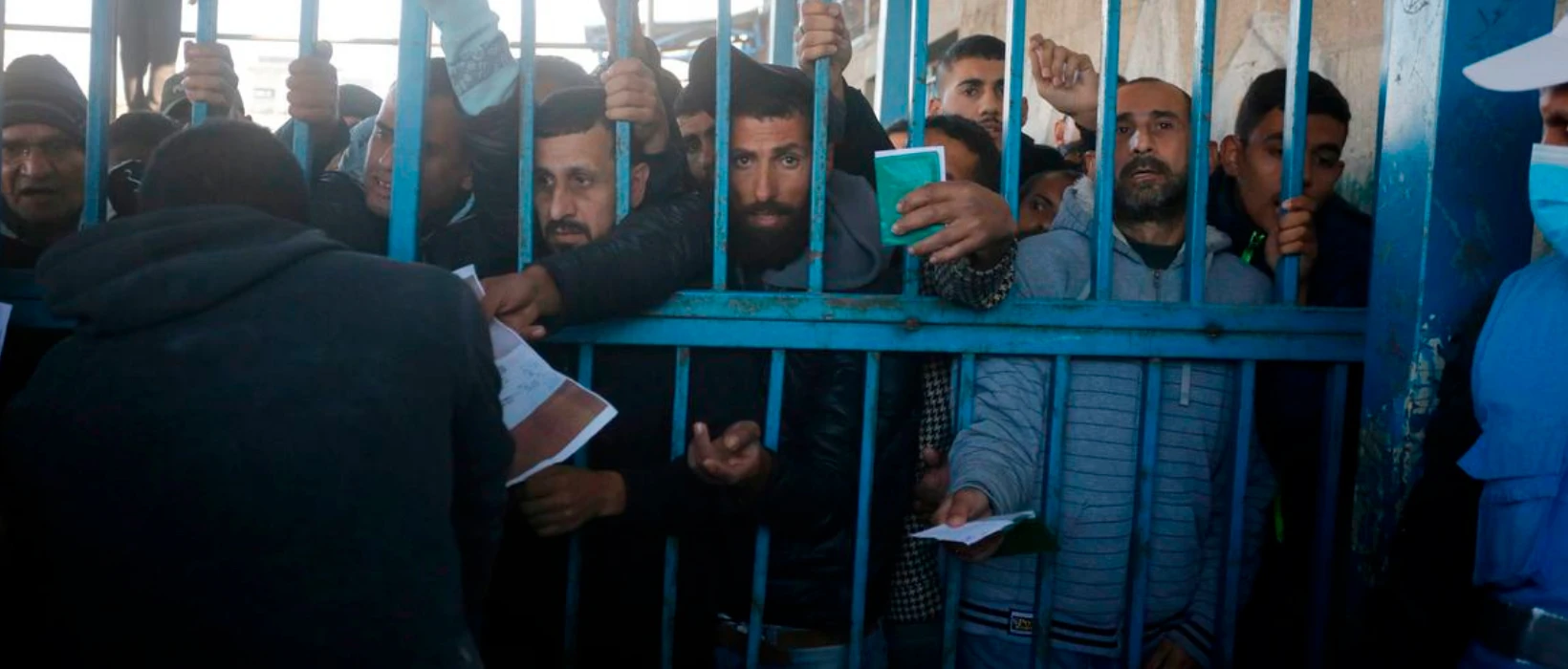A new report on the Health Workforce in the Americas reveals that the continent is facing a severe shortage of doctors and other healthcare professionals. The document, which presents regional data and indicators, shows that 14 of the 39 countries do not have enough doctors, nurses, and midwives to meet the population’s needs.
Universal Health Access at Risk And without immediate changes, the Americas will have to cope with a shortfall of 600,000 to 2 million health workers within the next five years. This problem is expected to undermine plans to achieve universal health coverage.
The director of the Pan American Health Organization (PAHO), Brazilian physician Dr. Jarbas Barbosa, states that the healthcare workforce is the backbone of health systems and that without these workers, universal access cannot be attained. He warns of the urgent need for training, investment, staff retention, and decent working conditions.
The most readily available data concern nursing, in which 89.7% of professionals are female. In the United States, the density is 131.5 nurses per 10,000 people, whereas in Haiti there are only 3.8 per 10,000.
In the case of physicians, the majority are men—51.3%. Only one third of countries in the Americas have more female than male doctors. Just over one third of the countries in the region report data on psychologists; the highest density is in Argentina, with nearly 18 professionals per 10,000 people, followed by Costa Rica with 16.8. As for midwives, English-speaking Caribbean countries have the highest numbers—such as Antigua and Barbuda—and among South American nations, Chile stands out.
Most health workers are between 35 and 44 years old, but workforce aging is a problem in countries like the United States and Guatemala, where nearly half of physicians are 55 or older. The current priority is training the next generation.












